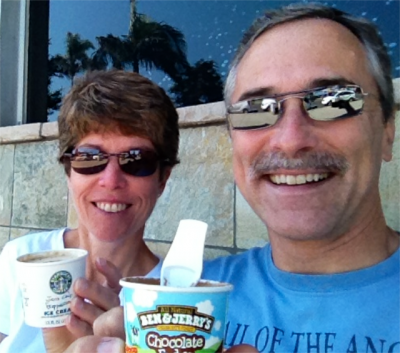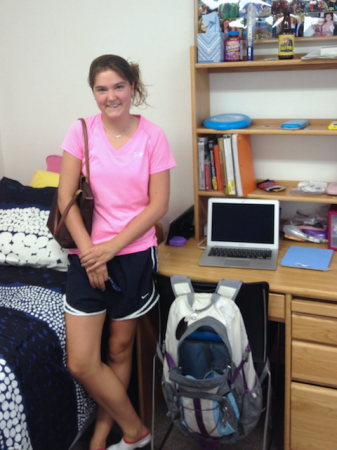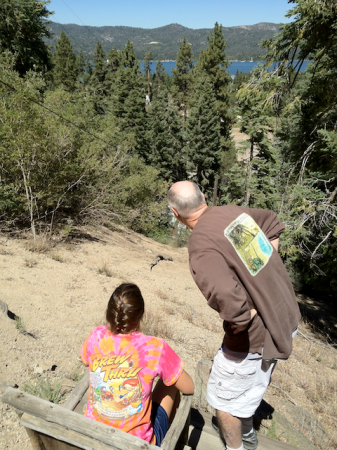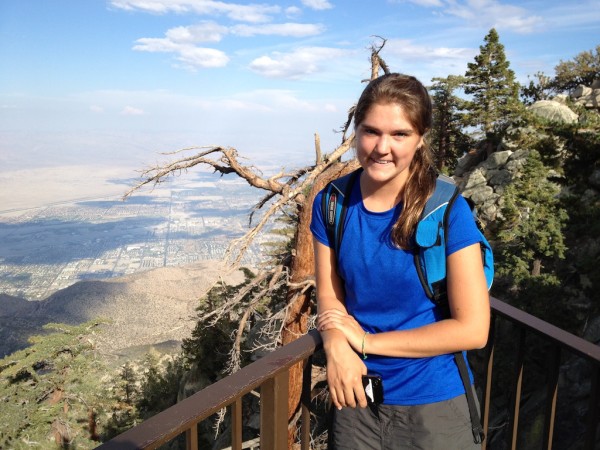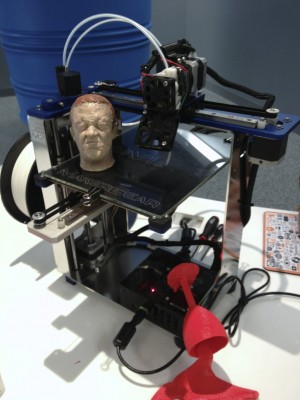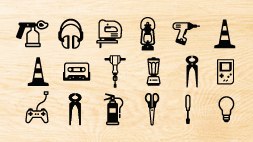
That libraries care about making is amazing. Then again, it isn’t if you reflect on what their mission has been for hundreds of years: to bring free learning resources to the public. For a long, long time this meant having books available for people to check out but in recent decades that’s become less relevant.
Following in Andrew Carnegie’s footsteps, the Bill and Melinda Gates foundation spent heavily this past decade to put computers into libraries. This helped libraries extend their mission into the Internet era when so many learning resources are available online. Now, however, the mainstreaming of ebooks and the effect of recession-impacted government budgets are causing a new challenge for libraries.
Remember, the mission of libraries is to bring free learning resources to the public. If not books then what? Well, learning is changing in important ways. Learning through doing is increasingly accepted as is the notion of life-long learning. In a country where our ability to fabricate is atrophying but the tools which empower making are being revolutionized, a new niche for libraries may be emerging. Libraries could house the new tools of personal fabrication and build programs around them to help people grow as makers. In so doing, they’ll help retool America to once again be competitive in the next industrial revolution.
In view of this dawning realization I was asked to keynote the American Library Association’s “Mapping Transformation” conference. Over the course of an hour I introduced how making has changed, explained the phenomenon of makerspaces, and encouraged libraries to learn more and reach out. Makerspaces are filled with bright makers who love to learn and to teach and who would likely be an excellent resource to assist libraries in taking their mission to the next level.

 by
by 
